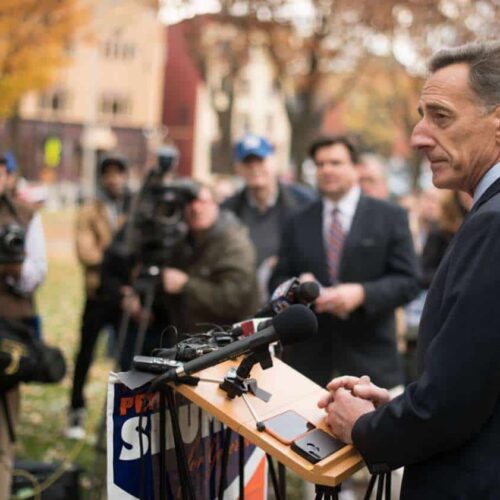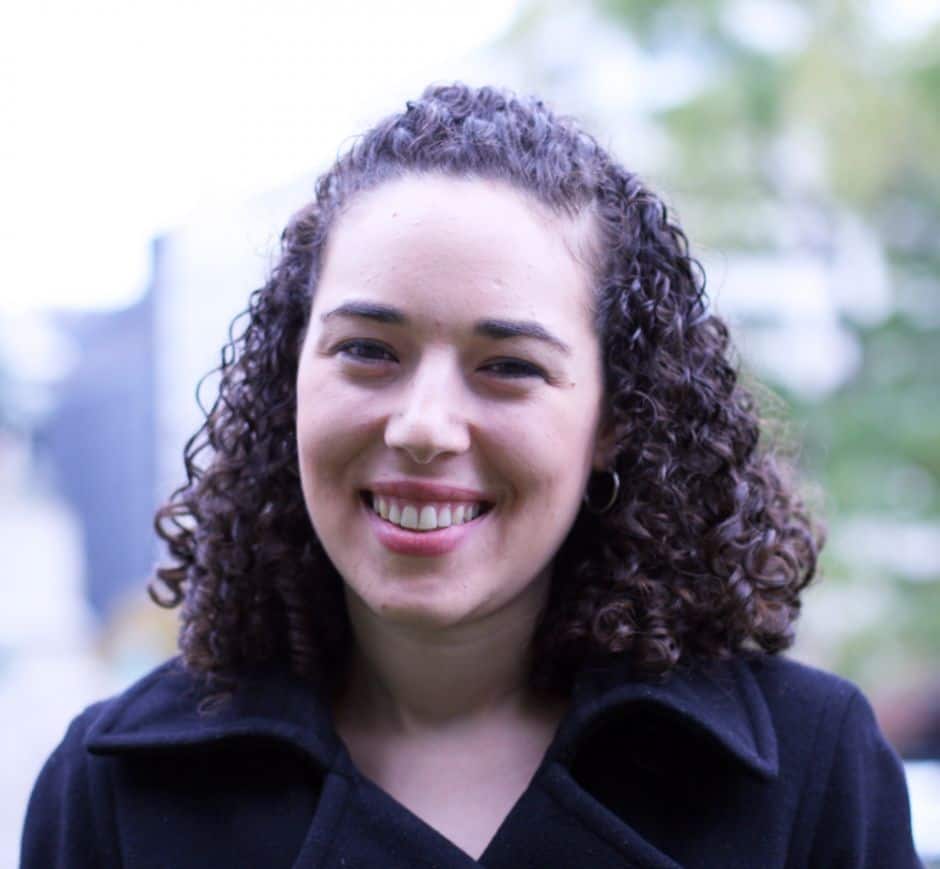Introduction
Vermont’s state legislature wrapped up this election cycle’s longest-running gubernatorial contest Thursday when it voted to keep Gov. Peter Shumlin around for another two-year term.
The result is in keeping with a trend seen in gubernatorial races nationwide in 2014, in which the candidates who benefitted from more spending on TV ads than their opponents won at the ballot box.
In an unusual twist in Vermont, though, state lawmakers got the final say in the race when neither Shumlin, a Democrat, nor Republican Scott Milne received a majority of the votes cast on Nov. 4.
Thursday’s decision makes Shumlin one of 29 candidates for governor in 2014 who won their races after being bolstered by more spending on TV ads than their opponents, according to a Center for Public Integrity analysis of media tracking firm Kantar Media/CMAG data. In six of the other seven races, the winners were incumbents who didn’t need as much help from the airwaves. Only Maryland Republican Larry Hogan won after being outspent by ads favoring former Lt. Gov. Anthony Brown, a Democrat.
Before voters went to the polls on Nov. 4, the campaign to re-elect Shumlin spent roughly four and a half times what Milne’s campaign did on TV ads and more than 36 times what Libertarian Dan Feliciano’s campaign spent. The other five candidates on the ballot did not air ads captured by Kantar Media/CMAG.
Shumlin also received more votes in the November election — 46.5 percent to Milne’s 45.3 percent. But with eight candidates vying for the governor’s mansion, none received more than 50 percent of the votes cast, a requirement in the state’s constitution. As a result, the Vermont legislature cast the deciding votes Thursday in a secret ballot: 110 for Shumlin, 69 for Milne and none for the third-highest vote-getter in November, Feliciano. (Democrats dominate both chambers with 104 of the 180 seats.)
Overall, Vermont’s race for governor was a relatively inexpensive contest, with an estimated $762,000 spent on the state’s airwaves. Governors’ races in only two states, South Dakota and Alaska, saw less money spent on TV ads, according to Kantar Media/CMAG estimates. Wyoming’s race did not have ads captured by Kantar Media/CMAG.
In total, the country’s 36 governors’ races accounted for nearly 70 percent of the $856 million spent on television ads aimed at shaping the outcomes of state-level races this cycle, about $100 million more than was spent on the same number of U.S. Senate seats up for election.
The spending helped Republicans pick up four governorships, while Democrats flipped only one and an independent defeated Alaska’s Republican incumbent, leaving Republicans holding the reins in 31 states nationwide.
In the Vermont race, no groups independent of the candidates’ campaigns bought TV ads prior to the November election. The same can only be said of six other governors’ races nationwide in 2014 as so-called “outside” groups took on a greater role in promoting or denigrating candidates than they did in 2010, the last comparable elections.
However, last week a group called Vermonters for Honest Government began airing ads in support of Milne.
“If you’ve had enough of Peter Shumlin’s political shenanigans, let your representatives know that it is time for a change,” one ad says. “Contact them and urge them to vote for Scott Milne for governor on January 8th.”
The group was created by William Round, a former Navy captain and Boeing engineer who lives in Newport Center, Vermont, according to the group’s website.
While most of the ads in the election cycle were aimed at influencing the voters, these ads were unique in that they were aimed at influencing state lawmakers instead. As a result, the way the spending is disclosed with the Vermont secretary of state is unique, too. Rather than registering his group as a political action committee, Round registered with the state as a lobbyist, according to Federal Communications Commission filings.
The group spent at least $31,000, FCC records show. But it was not enough to tip the scale from overall ad spending favoring Shumlin — or to persuade the Democratic-leaning legislature to elect Milne as the state’s top executive.


Join the conversation
Show Comments